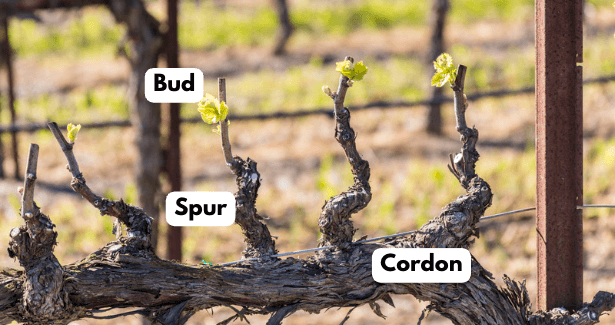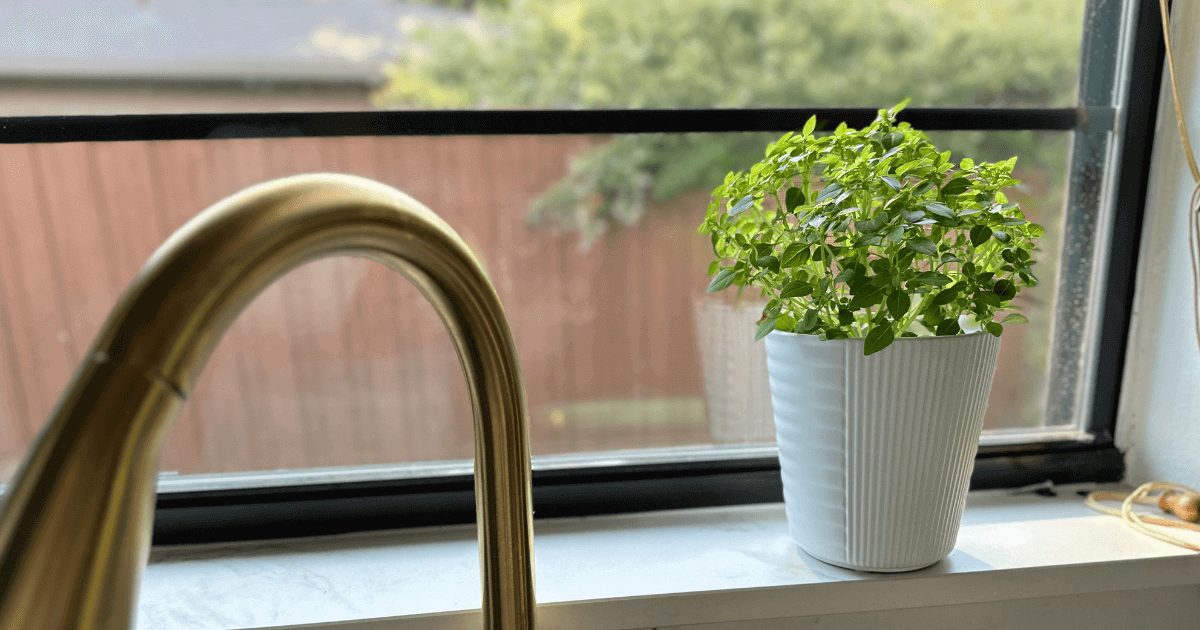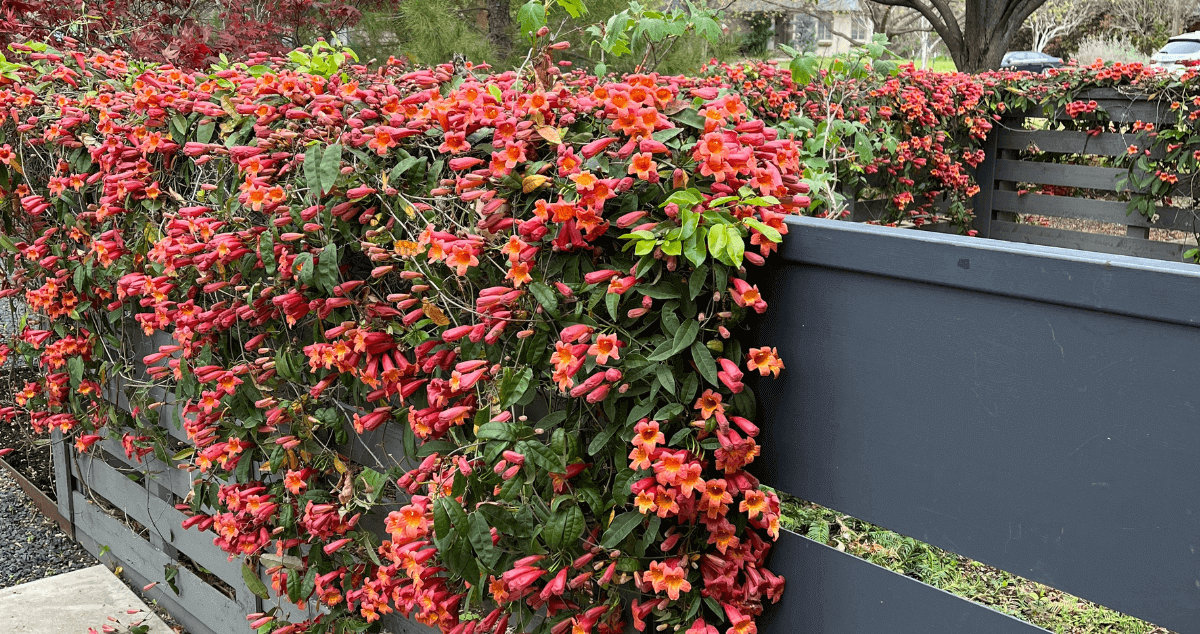
Many beginner gardeners assume that anything available for purchase at the grocery can be easily grown at home. Strawberries and blueberries are readily available at the grocery year-round, but they are some of the most difficult fruits to grow in North Texas.
If berries are on your “must grow” list, here are 7 things you need to know about growing berries successfully in your North Texas backyard.
1. Start with blackberries.
Blackberries are the easiest berry to grow in North Texas. They are adapted to a wide range of soil types, and require minimal care other than periodic pruning.
Recommended varieties for North Texas include ‘Brazos,’ ‘Navaho,’ ‘Rosborough’ and ‘Kiowa.’ Thornless varieties for North Texas include ‘Brazos,’ ‘Navaho,’ ‘Ouachita’ and ‘Natchez.’
2. Blueberries and strawberries are challenging and require special care.
Blueberries and strawberries are the most challenging berries to grow in North Texas. Blueberries need acidic soil (our soil is alkaline) and are highly sensitive to the sodium in our tap water. Strawberries don’t tolerate our hot summers and are best planted as bare-root plants in the fall. Unfortunately, North Texas nurseries rarely carry them during that time.
Blueberry Tips
If you want to try blueberries, plant them in 30-gallon containers and plant at least two bushes to encourage pollination. If possible, use rainwater collected in a barrel for irrigation when rainfall is scarce.
The best type of blueberry for North Texas is called “rabbiteye”. Recommended varieties include ‘Tifblue,’ ‘Climas,’ ‘Premier,’ ‘Sharpblue,’ ‘Brightblue’ and ‘Powderblue.’
Strawberry Tips
Plant bare-root strawberries or transplants in October and November. The best varieties for North Texas are ‘Sequoia’, ‘Chandler’ and ‘SeaScape’. Because strawberries rarely survive our hot summers, treat them as annuals and grow them in 10-to-15 inch containers. To develop stronger plants,
Strawberries are tolerant of temperatures as low as 10 degrees, but keep them heavily mulched through winter if possible.
3. Grapes can be grown here if you pick the right varieties.
Though smaller and less sweet than those available at the grocery, grapes are a decent berry option for North Texas gardens.
Plant them in a location that receives full sun, give them something to grow on, and select the right types.
Muscadine grapes are native to East Texas and have good disease resistance. (Disease is one of the biggest issues for home grape growers.) In Agrilife Extension grape trials conducted by Dallas County Master Gardeners, ‘Triumph’ and hybrid ‘Southern Home’ varieties performed best. Muscadines ripen in late July and are harvested through October.
For red bunch types, look for ‘Lomanto’, ‘Herbemont’, and ‘Champanel’.
For white bunch types, look for ‘Lake Emerald’ and ‘Miss Blanc’.
5. Proper pruning is important.
Many first-time fruit growers stick a plant in the ground, walk away, and assume that Mother Nature will take care of the rest. If only it were that easy!
One of the key (and most overlooked) tasks for growing berries successfully is pruning.
Blackberries: After fruiting, cut dying floricanes to the ground and
Muscadine grapes: In late January or early February, cut back the previous season’s growth to “spurs” with 2 to 3 buds. Remove tendrils that are wrapping around the trunk or arms of the vine (cordons). Muscadines fruit on shoots that grow from the previous season’s growth.

Bunch grapes: Remove 95% of the canes in late winter just before bud break. Vines are pruned to only two buds prior to second year’s growth, eight to twelve buds prior to the third year’s growth, and twenty to thirty buds prior to the fourth year’s growth. Each bud will produce a shoot with two to three clusters of grapes. (Click here for detailed instructions.)
Strawberries: In the fall,
Blueberries:
- New Plant I’m Testing: Kitchen Minis™ Bonsai Basil - April 24, 2024
- Resilient Perennials I’m Adding to My New Landscape - February 28, 2024
- 5 Ways to Enjoy Beautiful Fall Weather in DFW - October 18, 2023



